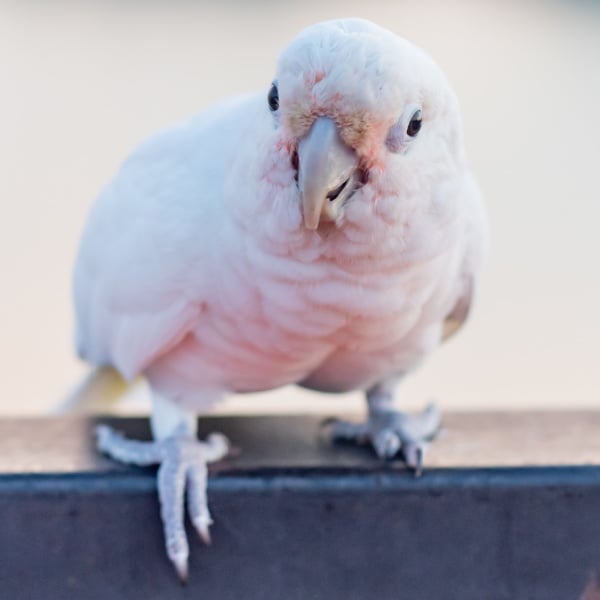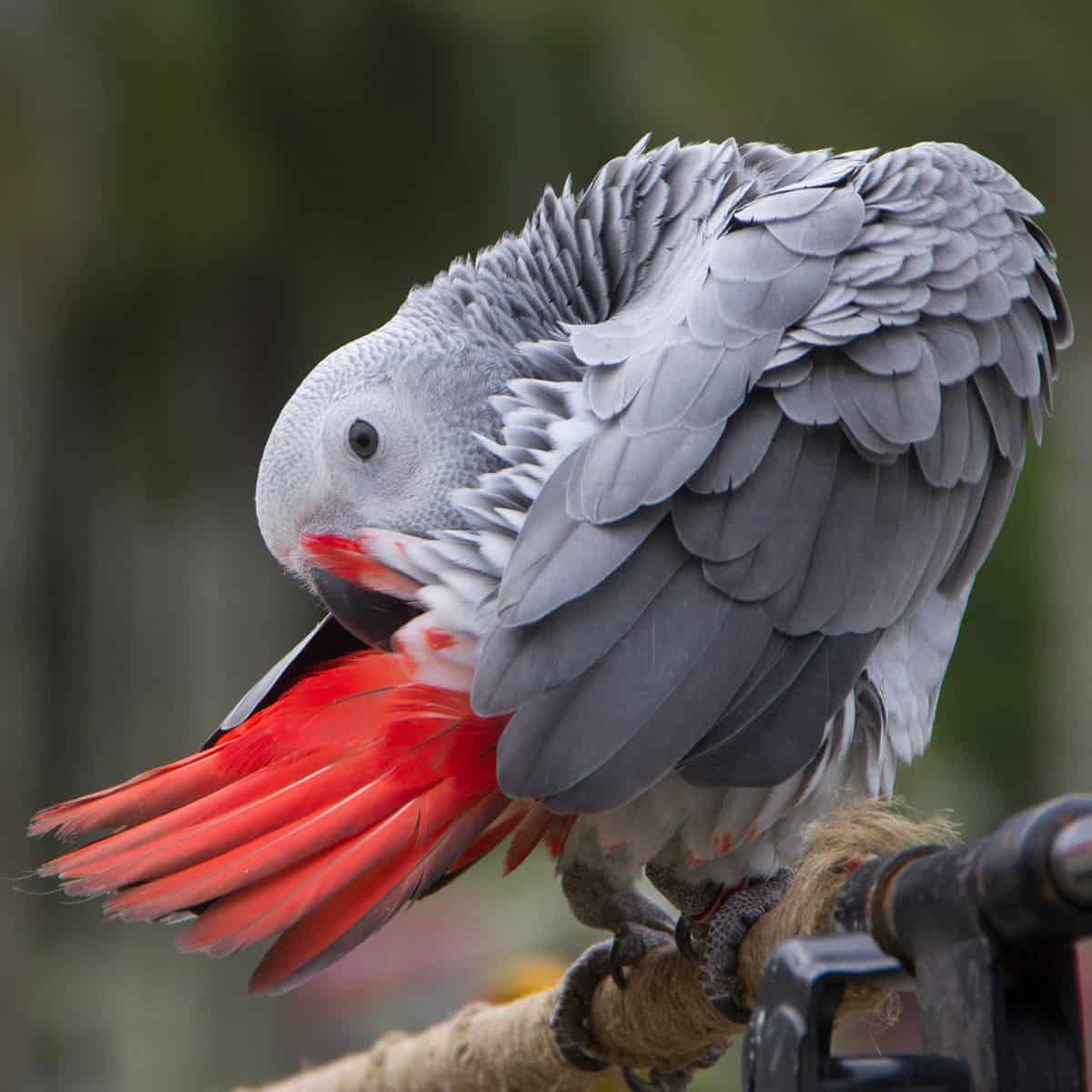Cages, Short Toenails, Freezing Pellets, Are Eggs Bad ~ Answered!
Editor’s note: sometimes we combine several answers into a post to make for more interesting and efficient reading endnote
Hi Mitch,
In response to the comment about travel cages, I have found a solution.
My Senegal parrot (Gonzo) did not like to hang out in a smaller cage.
So I got her a reasonably-sized cage that I can use for her travel or if she needs to stay with someone.
I can drive with it and strap the cage into a seat belt.
I set it up in another room and left the cage door open. She has started playing inside it and seems to like it.
Now, with COVID-19, I am working from home, and need it to be quiet when I’m on the phone.









